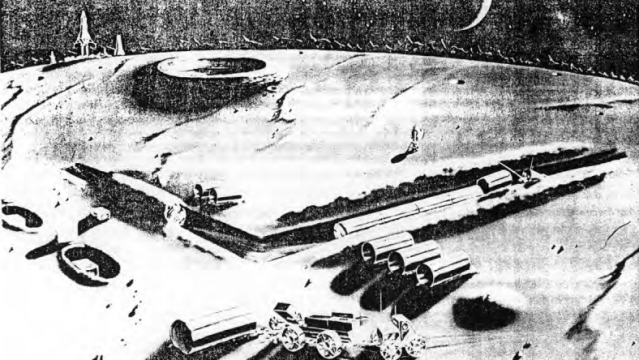More than 50 years ago, before man had ever stepped foot on the moon, the US government hatched a plan whose ambitions were exceeded only by its total infeasibility: A secret, self-sustaining, Soviet-shaming military moon base.
The delightfully extensive 1960 study, dubbed Project Horizon, was just released earlier this week by The National Security Archive. And while it reads more like an alternative history than actual science at this point, it’s still incredible to see just how far our Cold War-induced mania could push us. In the lengthy justification for the project, one point in particular keeps coming up:
To be second to the Soviet Union in establishing an outpost on the moon would be disastrous to our nation’s prestige and in turn to our democratic philosophy.
So to save face and get a better view of its potential target in the process, the United States was determined to set up a permanent residence on the moon.
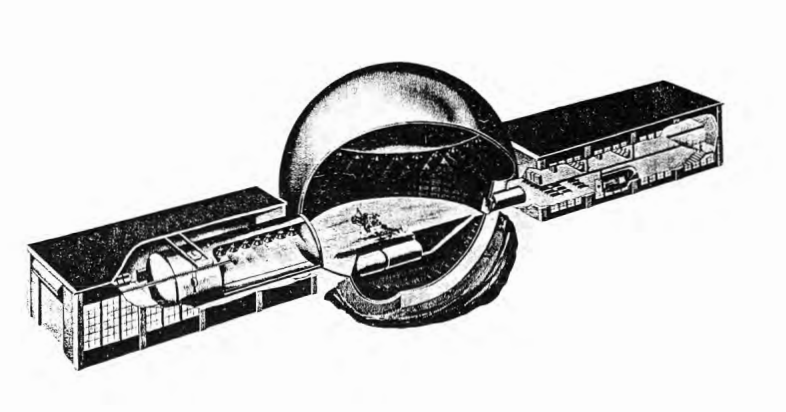
Large lunar environmental simulator for research, development, testing, and training.
Researchers knew it wouldn’t be easy, of course, but that’s why they planned out every last detail. The process, of course, would need to start stat:
The program to establish a lunar base must not be delayed and the initial base design must meet military requirements. For example, the base should be designed as a permanent installation, it should be underground, it should strive to be completely self-supporting, and it should provide suitable accommodations to support extended tours of duty.
The full study (though a few hundred pages long) is highly entertaining to read and thankfully, easy enough for the non-rocket scientists among us to understand. But to help, here are the basics of what it takes to make it on the moon.
Building the Base
The plan was to initially send a couple of astronauts to scope out the land and settle in. Once reinforcements arrived, construction could start ASAP.
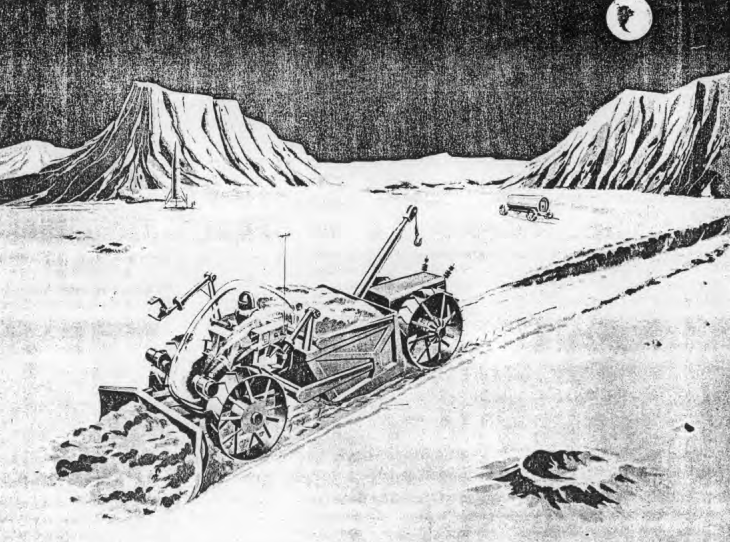
“Typical Lunar Construction Vehicle”
Since “electric power [would] be provided soon after arrival,” (using a nuclear reactor, duh) the first few space pioneers would be outfitted with a state-of-the-art space tractor — one that would cover pretty much anything you might need for your secret military moon base-building needs. Needs such as:
- Moving of lunar material
- Excavation of sub- surface trenches
- Heavy cargo handling
- Prime mover functions
- And other mechanical work which man alone in a lunar suit cannot perform
Oh, and speaking of that nuclear reactor; they’d have to construct one themselves once they got there.
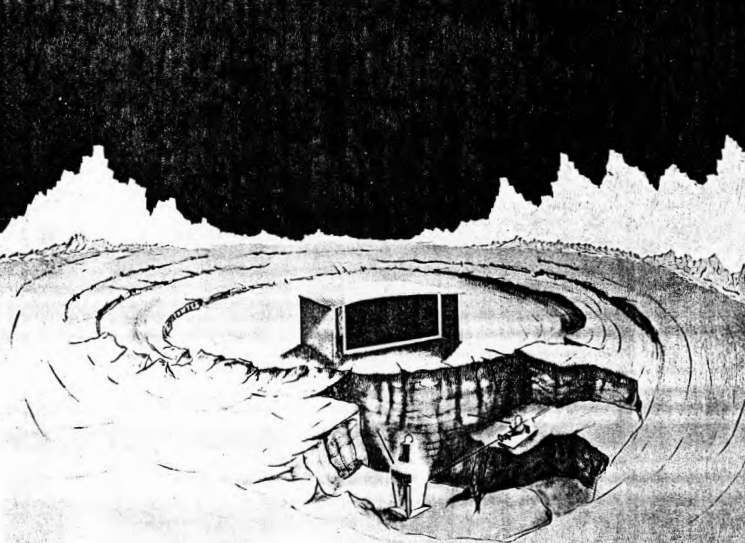
Nuclear Power Plant on the Moon
While this all sounds a bit preposterous even by today’s standards, the scientists conducting the study knew they weren’t quite technologically capable yet — but they did believe it was just a matter of time.
Based on present knowledge, the study has concluded that it is technically feasible to establish a manned base on the moon. “Technically feasible” is not meant to imply that the equipments are available, or the techniques are completely known.
We didn’t quite have it yet, but in just a few years we would have expected the following:
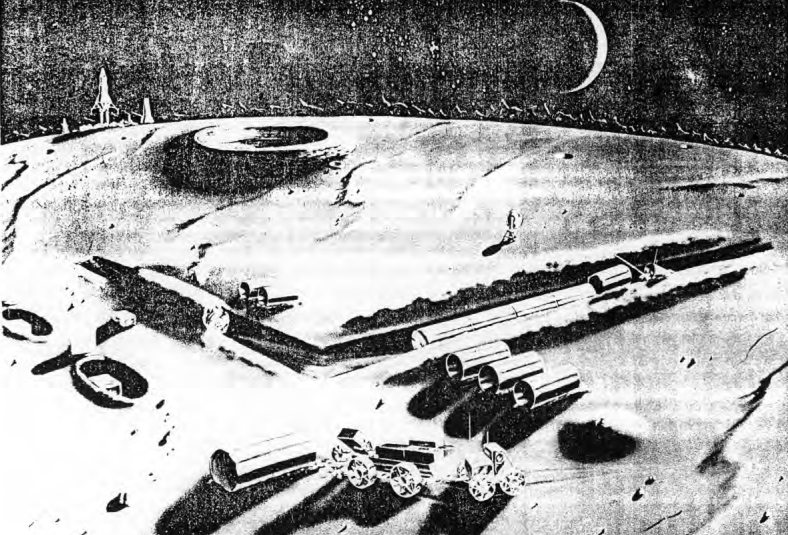
Fig 1-1. Horizon Outpost in Late 1965
Daily Life
The goal was to have 12 men living and working on the moon by 1965, just five years after the study was first published. So in addition to planning out the more mechanical logistics, they also had to take the more basic realities of moon life into consideration. Providing food and water alone would be a feat.
As far as rations go, each moon man would be allotted three quarts of water per day, which adds up pretty quickly. So to stay as sustainable as possible, any extra bits of moisture in the atmosphere would be “condensed, collected, and used for washing, thus removing the need for an additional quantity”. Plus, any extra water from urine and “washing wastes” could be distilled out. Which, if that twice-used water was deemed potable, the “three quarts per man per day [could] be reduced or eliminated”. Good luck, boys.
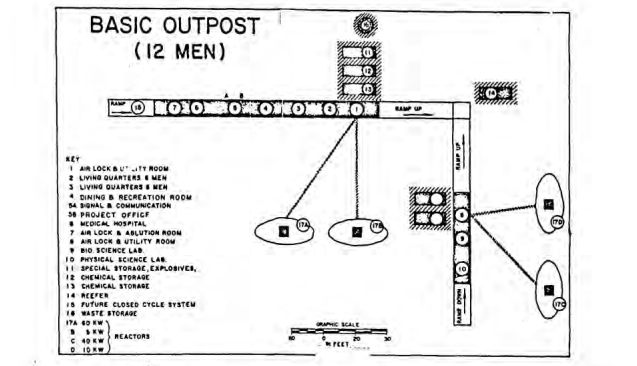
Fig. 1-4. Layout of Basic 12-Man Outpost
And in addition to the typical dehydrated astronaut fare, researchers recognised that fresh salads do have “morale values”. Obviously, they weren’t expecting carrots and tomatoes to make the trip — just a simple, hydroponic, waste-to-nutrient-converting biodome:
Vegetables for salad may be provided by hydroponic culture, using wastes as nutrients, at least in part, and converting CO2 into O2 in the process, a8 with algae. Ultimately, plant wastes and algae can be used to feed poultry, which thrive in confinement and are, relatively efficient energy converters, producing fresh eggs and meat. Meanwhile, attention will be given to the use of fish and other aquatic animals, such as Daphnia and mollusks, which normally feed on algae.
Yes. The United States Army had every intention of putting real, live animals on the moon to be our friends and our food.
Now, keeping in mind that we still had yet to actually touch down on the lunar surface, the space suit designs are really just based on some educated guesses about what it would take to function. Fortunately for Neil and Buzz, NASA dumped the ice skate idea by the time it was their turn.
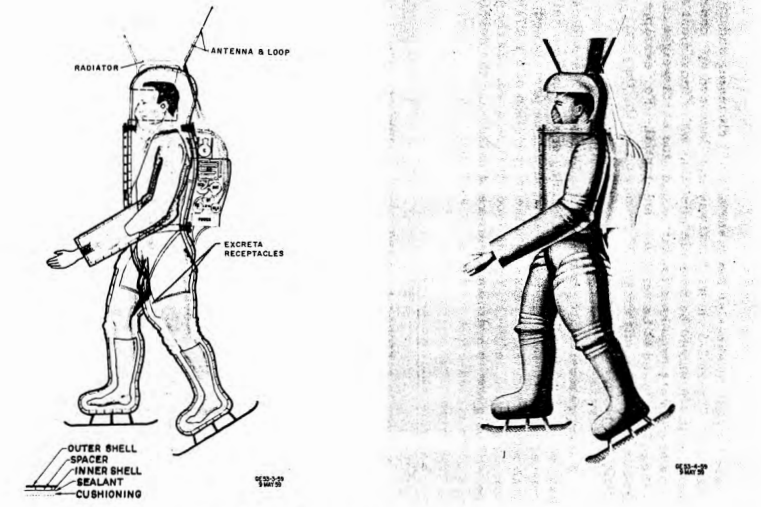
Even with all the proper precautions, though, moon life would be incredibly taxing, both physically and mentally. So should your physical and/or mental state succumb to the pressure, a solitary confinement moon chamber would be waiting for you. Included in the medical facilities would be:
Isolation. It would be very desirable to have an area for complete isolation of psychiatric patients and/or communicable disease cases. Specifically, this area will be incorporated in the compartment utilized for the surgical facility and will provide for disposal of excreta, recumbency of the individual and for maximum security. In this latter instance, provisions will be made for a door with exterior locking device, and a window which will automatically close if the pressure in the isolation chamber suddenly decreases.
Unfortunately, the US government bit off a bit more than it could chew with this one, and all that research is now nothing more than a fun little blip on the actual timeline to space. We didn’t even make it all the way there until two years after the Soviet-crushing moon base was supposed to be up and running. But hey, at least we got there first.
You can (and should) head over to The National Security archive to see these plans in full, along with more recently declassified goodies. And if this is what we were planning fifty years ago — god only knows what sorts of interstellar fantasies might be being cooked up as we speak.
[Project Horizon Volume I, Project Horizon Volume II, Military Lunar Base Program Volume 1 via CNN]
